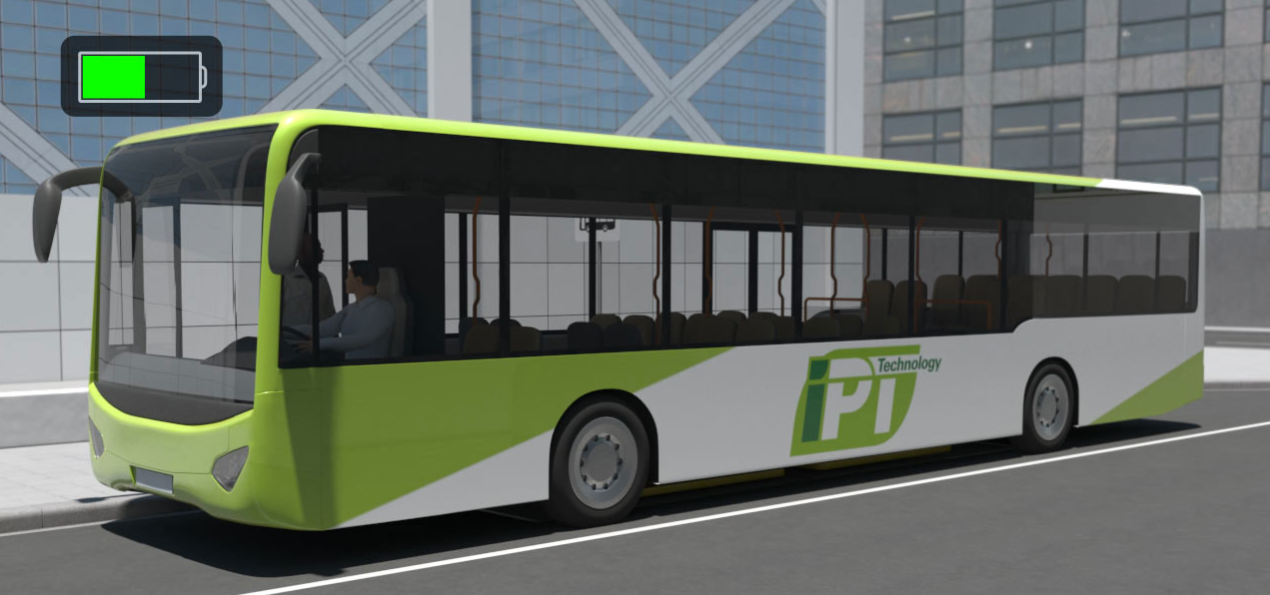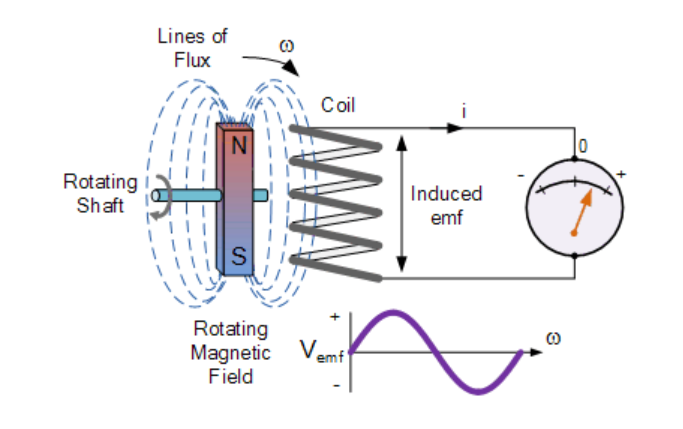By Jeff Paul
One of the obstacles preventing vehicles from becoming fully autonomous is the ability to refuel. Imagine if a car or truck can park near an electromagnetic generator for 3-5 minutes and then continue functioning for another 16 hours.
This level of wireless charging is already here according to an article in the latest issue of The Economist called “It is now practical to refuel electric vehicles through thin air.”
The wireless charging technology includes a charging “pad” that expels electromagnetic radiation and a “pickup” in the vehicle which inducts and converts the power to charge the battery.
The Economist article describes the technology in more detail:
In the case of vehicle charging, the first conductor is a length of copper wire. This is coiled around a piece of ferrite (a substance made of oxides of iron and other metals) that amplifies the magnetic field generated. The whole thing is housed in a flat case to create a pad that is easily buried. When a vehicle equipped with a suitable “pickup” coil stops or parks above this device, and alternating current is fed into the pad, a similar current is induced in the pickup. This is then converted into direct current by a rectifier, and is used to top up the vehicle’s battery. The principle is thus pretty simple. But only in recent years has it become practical to use in vehicles.
Wireless charging technology has come a long way very quickly.
Activist Post previously reported about breakthroughs in small-scale electromagnetic induction. A German college student’s science project was a handheld device that harvested electromagnetic frequencies directly from the ether (without a generator) to charge a standard rechargeable battery.
Smartphone makers are coming out with their versions of wireless charging. The University of Maryland and NASA have been working on propulsion powered by electromagnetic waves. As energy storage improves, the potential for this technology is mind boggling.
The Economist article goes on to describe a few different companies that are pursuing slightly different versions of this wireless charging for vehicles.
For wireless charging to work, a car must necessarily be fitted with a pickup. At the moment, this is a do-it-yourself business. Evatran, a Virginian firm, for example, sells kits of pickup and pad for between $2,500 and $4,000, installation included. According to Rebecca Hough, the firm’s boss, about 11% of the input power is lost during wireless charging with Evatran’s equipment. But plugging in a cord charger, she says, involves similar losses. The absence in cord charging of the air gap involved in wireless charging means cord charging requires a special (and power-draining) transformer to protect against surges.
This already seems affordable for a technology that could prove to be priceless to the early fleets of autonomous service vehicles. Wireless charging is particularly promising for trucks and buses.
The article highlights a bus that charges in 2-4 minutes and can operate for 16 hours. And it costs significantly less to run than a diesel bus.
One place where this is already happening is Milton Keynes, a town north-west of London. The Line 7 route in this town is serviced by electric buses that pause for two to four minutes over charging pads at each end of the line. Both pads have four buried coils, which can transfer power at a rate of 120 kilowatts. (By comparison, Evatran’s latest single-coil charger for cars provides 7.2 kilowatts.) That is enough for the buses to remain in service for 16 hours a day.
The equipment used in Milton Keynes, which is made by IPT Technology, a German firm, costs about £100,000 ($130,000) a pad. But the buses’ operator, eFIS, calculates that one of their vehicles costs 50 cents a kilometre less to run than a diesel one, thanks to savings on fuel and engine repair.
Once autonomous vehicles can refuel themselves, they’ll be able to operate almost entirely without human oversight. They’ll still need to be cleaned and tuned up from time to time, but wireless charging eliminates a major hurdle.
As promising as this technology appears to be in terms of efficiency, there’s no mention in the article about potential negative health effects for humans bathing in more electromagnetic radiation. It looks like we’re going to find out shortly.
Jeff Paul writes for Activist Post and Counter Markets newsletter. Like us on Facebook, subscribe on YouTube, follow on Twitter and at Steemit.
Image source IPT Technology.
Source Article from http://feedproxy.google.com/~r/ActivistPost/~3/Bnyif6Zmufc/wireless-charging-electric-vehicles-electromagnetic-power-induction.html
Related posts:
Views: 0
 RSS Feed
RSS Feed

















 October 28th, 2017
October 28th, 2017  Awake Goy
Awake Goy 

 Posted in
Posted in  Tags:
Tags: 
















